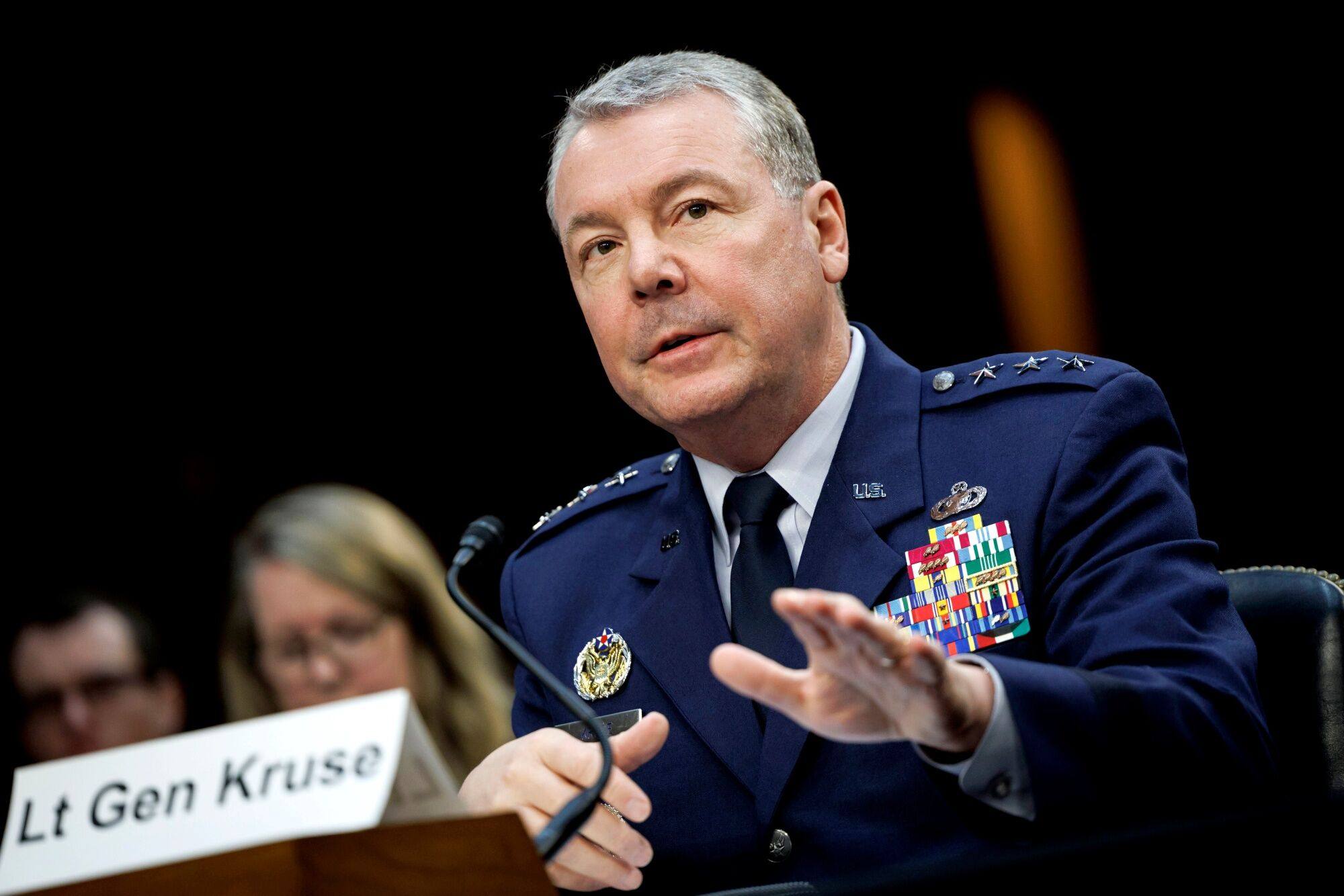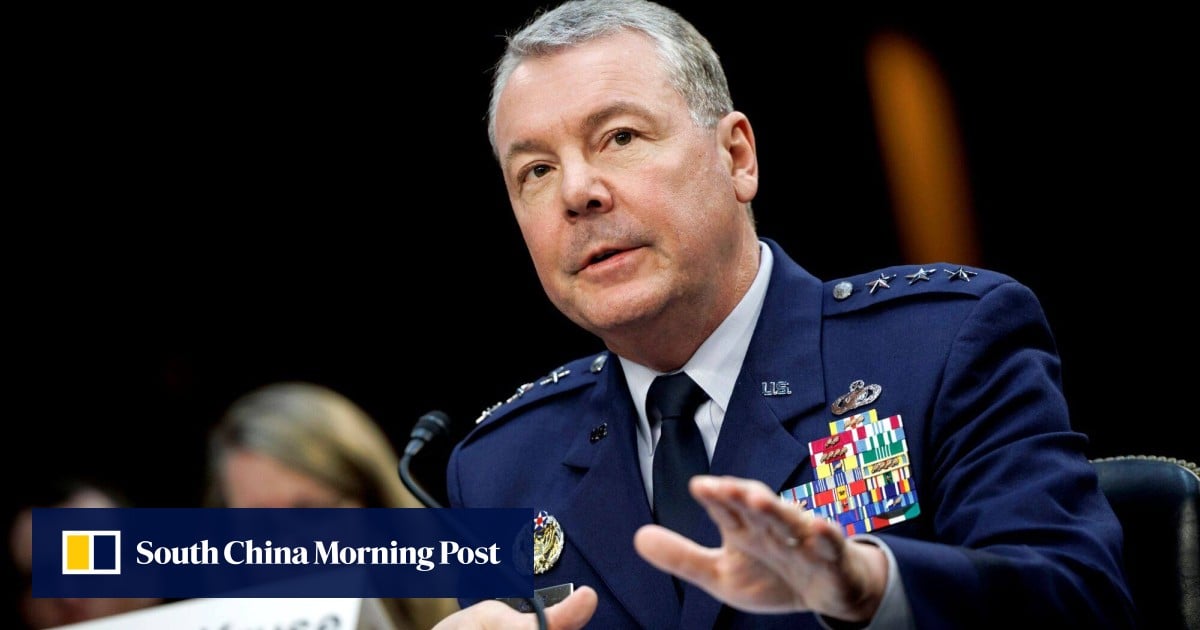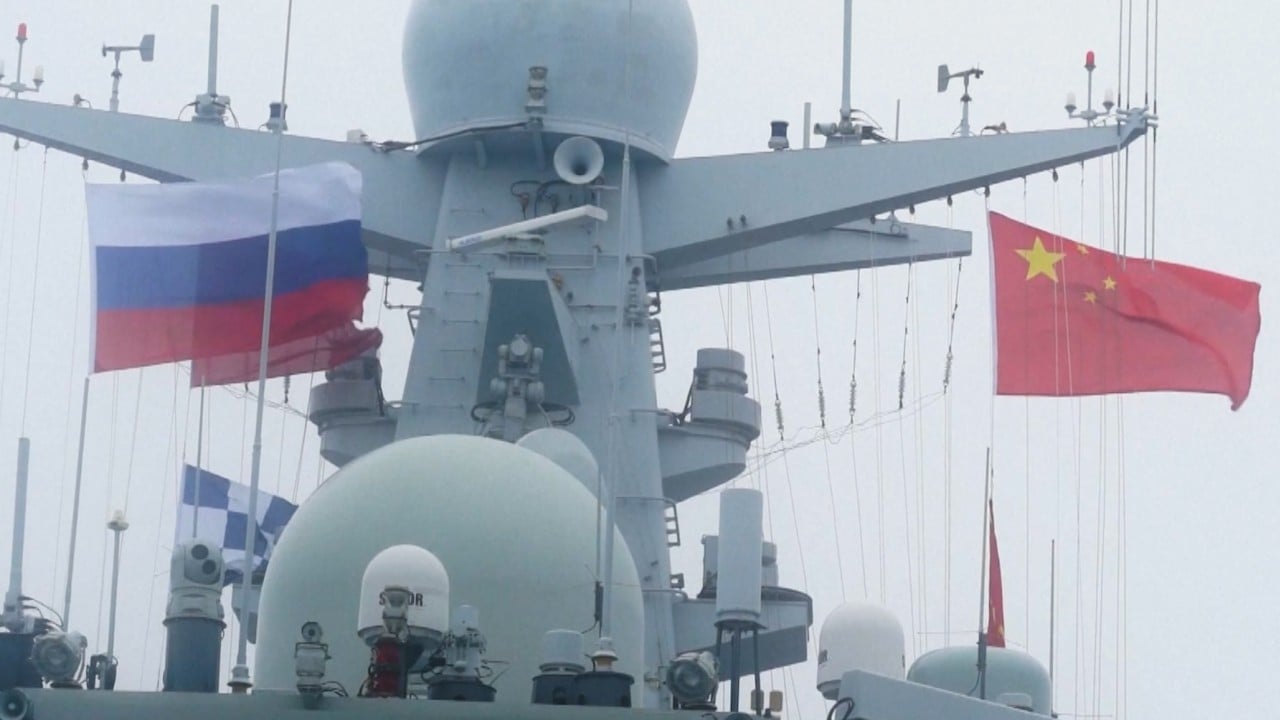“Even if Russia and China in a military force are not interoperable, they would certainly be cooperative, and we would need to take that into account in force structure and planning,” Kruse said. “We are in the middle of that revision today.”
Director of National Intelligence Avril Haines, who testified alongside Kruse, said that the joint exercises show that “China definitely wants Russia to be working with them and we see no reason why [Russia] wouldn’t”.
Chinese and Russian defence ministers reaffirm close bilateral ties
Chinese and Russian defence ministers reaffirm close bilateral ties
Liu Pengyu, a spokesperson for Beijing’s embassy in Washington, called the joint operations with Russia “normal and routine military exercises for the purpose of maintaining regional peace and stability” and “not aimed at third parties”.
“Relevant parties should stop groundless accusations and smears, stop advocating confrontation and creating ‘imaginary enemies’, abandon the Cold War mentality and camp confrontation and do more things that are conducive to world peace and stability,” he added.
Turning to another area of China-Russia cooperation, Senator Tom Cotton, Republican of Arkansas, suggested that China had already overstepped a “red line” that US President Joe Biden set when he warned Beijing not to supply Russia with lethal weapons that could be used in its war against Ukraine.
In response, Haines said that “there was a lot of focus on China not providing lethal support and what they have done is to try to avoid what is characterised as lethal support – in other words, a fully constructed gun or weapon system.
“But what has happened in the meantime is they provided effectively dual-use materials such as nitrocellulose, [and] a whole series of critically important long poles in the tent for the Russia’s reconstitution of the defence industry.”

Nitrocellulose is a raw material used in the production of propellants and explosives.
Haines added that China’s shipments of such products to Russia were among “the key factors that essentially adjusted the momentum on the battlefield in Ukraine”.
The intelligence chiefs also accused China and Russia of embedding malware into US infrastructure or engaging in other forms of cyber disruption.
Senator Deb Fischer, Republican of Nebraska, asked about digital sleeper cells capable of “impeding US decision-making, inducing societal panic and interfering with the deployment of US forces”, elements referred to in the 2024 Annual Threat Assessment that Haines’ office produces.
“What we see is both China and Russia, effectively, pre-positioning themselves in ways that would allow them to conduct those kinds of attacks, not actually yet … engaging in those attacks,” Haines said.
She noted that weak passwords and other forms of lax cybersecurity controls were allowing such incidents.
China, Russia space ‘militarisation’ could include nuclear weapon: US official
China, Russia space ‘militarisation’ could include nuclear weapon: US official
“As we’re looking at the attacks that are occurring, particularly against industrial control systems in the country, the vast, vast majority of them would have been actually prevented if it weren’t for those kinds of cybersecurity practices not being what they need to be.”
The Homeland Security and Energy Departments were “working very hard with [US utilities] to improve their cybersecurity practices, patch vulnerabilities and deal with these issues”, Haines said.
Haines and Kruse committed to discussing more details about these attacks as well as other threats in a closed-door session with the committee that was scheduled later in the day.


